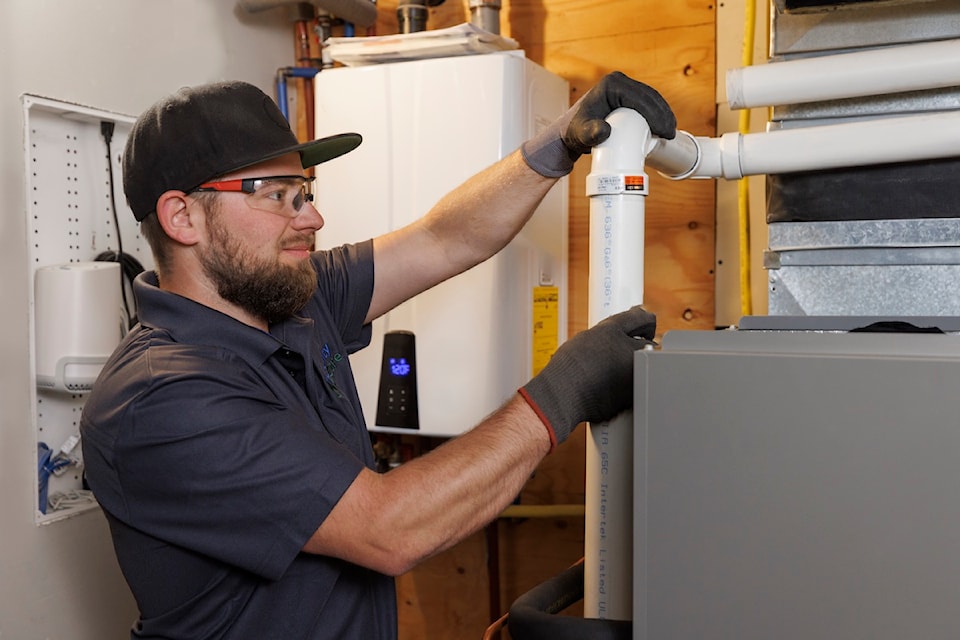If you’re anything like me, you do your best to ignore the annual onset of cold weather as long as possible. In fact, ignoring the crunch of leaves under my feet and the frosty breath under my nose is a bit of an art form. But it gets much harder when the chill in the air slowly seeps into my home.
It’s only after putting it off as long as possible that I begrudgingly embrace the inevitable and officially recognize that winter is in fact coming—it’s time to switch my thermostat to “Heat” mode.
Though this may be one of my least favourite tasks, I’ve developed a solid process over the years to make sure my furnace kicks in when I flip the switch so my home stays warm as safely and efficiently as possible all winter long.
For starters, now that my thermostat finally has my full attention, I check its programming schedule to make sure it still matches our typical routine. I tend to follow the advice of the Canada Mortgage and Housing Corporation (CMHC) -- they found that setting your thermostat back to 17 °C for when you’re out or asleep, and no higher than 20 °C when you’re home and awake can lower the energy used for heating by up to 15 per cent.
Great advice unless you have a newer heating system like a (an electric heat pump with a back-up high-efficiency furnace). For these systems, your best bet is to keep your temperature setting consistent, for example, at 20 °C.
My next task is to check the air filter in my furnace to see if it needs to be cleaned or replaced. Like a dryer lint screen, this can clog over time, causing the heating system to work harder. After seeing some very clogged filters in my time helping our customers reduce their energy use, I now check this every three month and use a tight-fitting pleated style filter.
The most important step though, whether you heat with a furnace, heat pump or both, is having a qualified professional perform an annual safety and maintenance check. In fact, Technical Safety BC recommends servicing heating appliances annually to make sure they’re operating safely and efficiently.
For gas furnaces, you can book a service with a gas fitter certified by Technical Safety BC. Much more than a visual inspection, the gas fitter will make sure all the gas components are working properly and safely. For heat pumps, you can book a service with a qualified heat pump contractor who will check items such as the overall operation and safety, the components inside the unit as well as the electrical wiring and connections. To help, FortisBC maintains a at .
I’ve learned the hard way that it’s best to book this service well in advance of the heating season. Equipment failures tend to occur during the coldest days when the heating system is working its hardest. My furnace failed during the record-breaking cold snap over the 2022 holiday season. It was really expensive to have a technician make emergency repairs on Boxing Day and my options for both service providers and parts were very limited.
So even as I reluctantly face the onset of colder weather, taking these steps gives me peace of mind that I’m heating my home safely and more efficiently. Plus, FortisBC helps offset the cost of regular maintenance with a rebate of $50 for each qualified appliance that’s serviced. To find out how to qualify and apply for the rebate, visit .

Nicole Brown, communications manager, FortisBC, has been helping build awareness around energy efficiency and conservation since 2009, and sees this as the essential first step in lowering personal energy costs and advancing collective climate action goals. Have an energy-efficiency topic you’d like covered? Email conversations@fortisbc.com.



